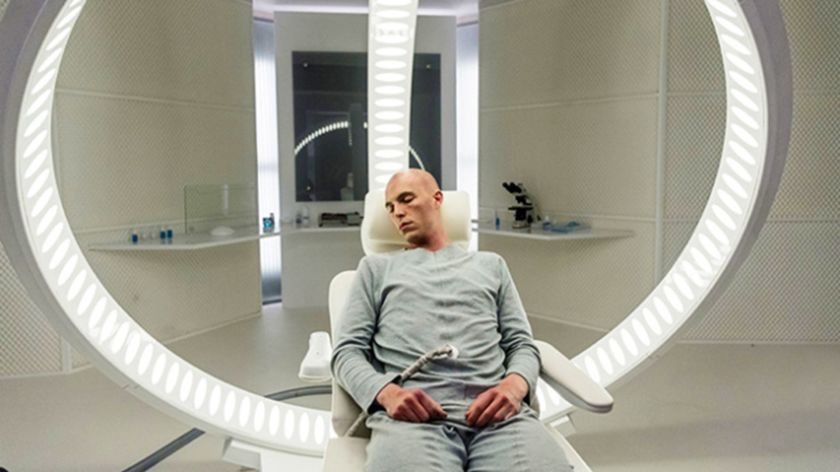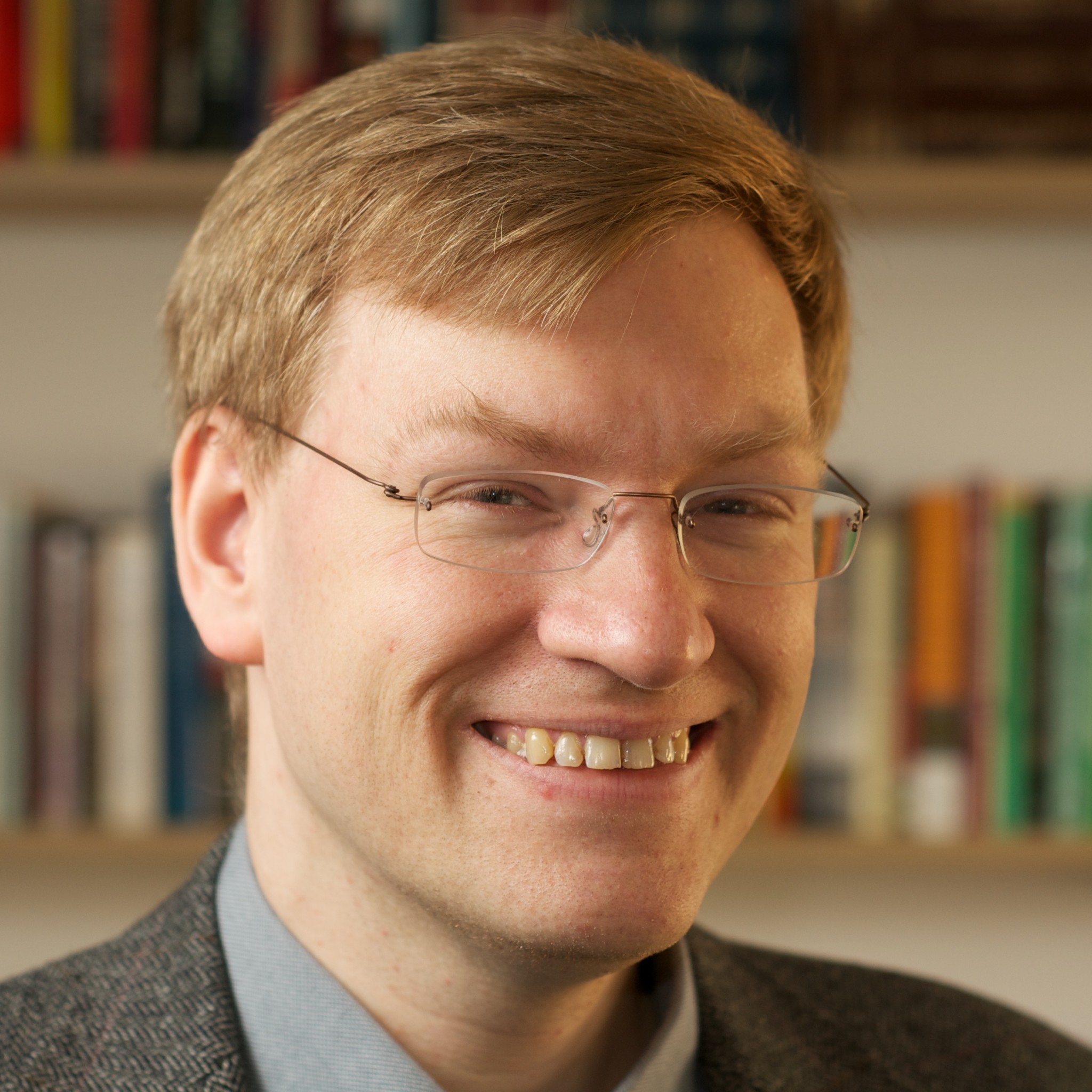A remedy against dying: Have yourself frozen
-
 Still from the movie Realive (2016) on cryonics.
Still from the movie Realive (2016) on cryonics.
Those of us who refuse to see death as the end of life now have the option of having their body frozen after death. Neuroscientist Anders Sandberg is a cryonicist. He hopes to be revived one day - well, actually, just his head.
To pass away peacefully in your sleep. That is what most people wish for, since death itself is inevitable. For scientist Anders Sandberg (44), this scenario is a nightmare. It would mean that he would not be preserved so that he can be brought back to life in thirty years or so. For him a deadly disease would be much better news. ‘The best thing would be if I could die in a slow and controlled way, so that I would still have time to book a ticket to Arizona, where the company that will freeze me is located,’ he tells the Vox reporter from his home in London.
-196 Degrees
There are four companies worldwide that preserve people: three in the US and one in Russia. The largest ones are Alcor in Arizona and the Cryonics Institute (CI) in Michigan. Both companies have approximately 150 bodies in storage and jointly the two companies have about 1500 ‘members’ who hope to be welcomed one day. Human bodies must be cooled down slowly to avoid damage due to ice crystal formation. Bodily fluids are replaced as soon as possible after death by a kind of antifreeze. This liquid hardens (just like glass) at low temperatures, but without causing damage. Cryonicists are kept in a large thermos flask (head down) at the temperature of liquid nitrogen: -196 degrees Celsius. In February 2016 cryonicists had reason to celebrate: Californian researchers succeeded in reviving the brain of a rabbit. The brain structure was not damaged. They hope that this has brought them one step closer to reviving people.
Alcor is the name of the company where a stainless-steel tank, filled with liquid nitrogen, is waiting for him. There after his death he will quietly float for the coming decades in the hope that scientific advances will make it possible for him to be revived one day and start a second life.
The Swedish Anders Sandberg is a neuroscientist and a cryonicist. Around his neck he wears a conspicuous pendant with the words: ‘no embalming, no autopsy, see reverse for biostasis protocol’. ‘Once I die, they have to treat me as soon as possible,’ he explains via Skype. ‘My body must be cooled down and my bodily fluids replaced with a kind of antifreeze. This optimises the chances of success.’

He has had to pay a lot of money for the chance of life after death. Approximately eighty thousand dollars to be precise. Plus the annual subscription fee of seven hundred dollars. How likely he is to rise from the dead is not something he wants to speculate about. But ‘optimism’ is his middle name. ‘Life is fun. The world is becoming safer all the time, and people are getting healthier. The future is promising, and I want to be part of it.’
Damage
It will take quite some cooperation from technology for Sandberg to grace planet Earth with a second visit. Most cryonicists are likely to be ill (for example with cancer) by the time they surrender their bodies to the science of the future. They trust that by that time doctors will be able to repair damage to their cells.
Incidentally Sandberg has opted for the ‘cheap’ version: only his head will be frozen (preserving the entire body costs two hundred thousand dollars). He wants to preserve his brain, not the rest of his body. He assumes that his brain cells, complete with memories and a retained sense of identity, will one day be linked to a computer or be placed in a cloned body. His mother had to get used to the idea. ‘But in the end she thought it was just typical of me to want to do this,’ says the neuroscientist. Sandberg is trying to convince his partner to become a cryonicist too (‘his main problem is the paperwork’). That way the two could meet in a next life. So ‘Till death do us part’ may never apply to the Swedish couple.
Anders Sandberg (1972) is a transhumanist, i.e. someone who wants to use technological advances to speed up evolution. The goal: to create a better kind of human. Transhumanists regard mortality and ageing as a biological limitation to be overcome. He is affiliated as a researcher to the Future of Humanity Institute of the University of Oxford.
You can find this article and more in the Vox magazine.



